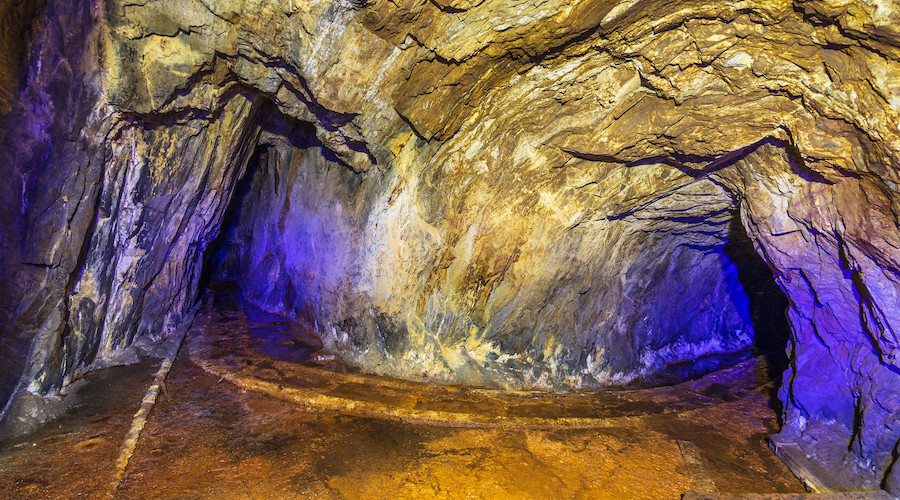“New” mineral discovered in abandoned gold mine dumps


A newly discovered mineral, named kanatzidisite, was recently unearthed in the mining dumps of the abandoned Nagybörzsöny gold deposit at Alsó-Rózsa, northern Hungary.
Kanatzidisite belongs to a class of materials known as chalcogenides, which are sulphur-containing materials that were used in the production of copper metal in antiquity. Nowadays, they are used in catalytic reactions that are key for fuel production, in solar cells and in other materials.
“This new material could be a number of things—it might be a good thermoelectric material, which can absorb heat to create electricity. It could be a topological quantum material, which could be used for energy conversion, or even a superconductor. However, we need researchers to figure out how to make it so we have more of it to study,” Mercouri Kanatzidis, a materials scientist at the Argonne National Laboratory and professor at Northwestern University, said in a media statement.
Clearly, kanatzidisite received its name from Kanatzidis, who has studied chalcogenides for decades and whose focus at the Argonne Lab is on the implications of these minerals for new potential superconductors as well as X-ray and gamma-ray detectors.
The researcher got his start in chalcogenide chemistry as a graduate student, where he worked on sulphur-containing analogs of biological enzymes.
“One of the world's most important catalytic reactions is the hydrodesulfurization of crude oil, which is a catalytic process that removes sulphur from natural gas and refined petroleum. It uses molybdenum sulphide, a major chalcogenide. If you take that catalyst out of the picture, our economy collapses,” Kanatzidis said. "I wanted to understand what stabilizes these compounds, and then I wanted to make new chalcogenides—to design, predict, and synthesize new materials, which I've been doing for more than 30 years.”
Despite his long career, the black mineral that carries his name - and whose chemical formula is (SbBiS3)2Te2 - isn’t something that he has ever made in the lab. Even though it has structural elements similar to those he has worked with, kanatzidisite uses different building blocks.
These new "building blocks" have inspired Kanatzidis to pursue new ideas in the lab.
“There's a loop of discovery that's emerging,” he said. “There's knowledge in the geology world about what is being done synthetically in the laboratory, and the principles that are being discovered by the geologists can lead us chemists to greater heights and new discoveries.”
THIS ARTICLE WAS ORIGINALLY POSTED ON MINING.COM
Comments